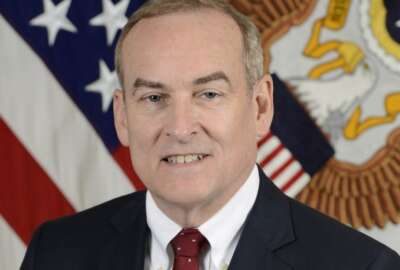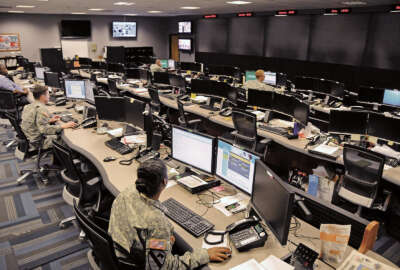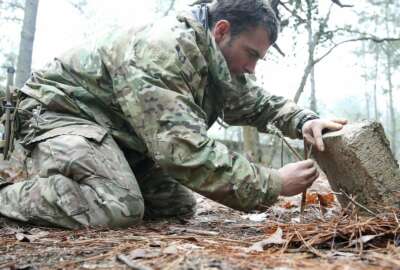
Revolution in the Army?
A new talent management system is among the biggest changes since Army went volunteer.
A few years ago a friend’s son joined the Army. That’s an unusual choice in my zip code. I’d known the boy since he was a red-headed 8-year-old and chatted with him from time to time through the years. In that quintessential military phenomenon, when I saw him in uniform during a visit home, the jug-eared kid was now a young man with a different bearing. Fast forward a couple of years and now, his dad proudly reported just the other day, that “boy” wears the 75th Rangers Regiment patch.
That one Ranger came to mind when talking to the high-level officials concerned with the Army’s newly revised approach to personnel. Nowadays the term “personnel” has given way to an elaborate and specialized jargon. The Army’s choice of words: Talent management.
Related Stories

Army, DHA take steps to stop managing day-to-day IT operations
In an interview, I discussed some of the details with Maj. Gen. J.P. McGee, director of the Army Talent Task Force. He described the several new authorities for officer management the Army received in the 2019 National Defense Authorization Act. McGee said Congress authorized the most comprehensive change to officer management since the 1980 Defense Officer Personnel Management Act. Besides giving much more flexibility, the new law allows for things like direct commissioning up to the rank of colonel. Until now direct commissioning was limited to captain.
“It’s really a recognition,” McGee said, “that we need to start better cultivating those talents that are existing in civilian industries that are really becoming important to how we’ll be fighting wars in the future, and folding those into our officer corps to make us a better Army.”
At the heart of the people strategy is a more holistic look at “the pillars of an officer’s lifecycle,” McGee said. “How we acquire officers, develop them, employ them and retain them. All those link together in all sorts of ways. So we have this holistic view of how we can change the officer corps to make the Army more ready.”
That is, there’s an inside and an outside strategy. Inside, it aims for better matching promotions to the intersecting needs, talents and desires of the soldier and of the Army’s requirements. Outside, it seeks instant talent injection at the colonel level to fill gaps.
Best listening experience is on Chrome, Firefox or Safari. Subscribe to Federal Drive’s daily audio interviews on Apple Podcasts or PodcastOne.
The NDAA authorities also give several other flexibilities, such as two-year promotion opt-outs without penalty for someone doing high-value work at his or her current rank.
In the big picture, the Army’s exploring talent assessment and deployment options for its officer backbone that it will develop for everyone else, including its civilian employees.
For an organization like the Army to really change, though, it must sustain a program like its people strategy through the comings and goings of generals, secretaries, Congresses and presidents. I asked the deputy Army secretary for Manpower and Readiness that question. Casey Wardynski said he thinks this one has legs. As noted, Congress gave the go-ahead, at least with respect to officers. Army Secretary Ryan McCarthy is on board. And, Wardynski said, “Gen. McConville and I work very closely on this. You’ve got now a generation or two of people committed to this, who feel it’s vital.”
McConville also has the backing of his predecessor, Gen. Mark Milley, now the chairman of the Joint Chiefs of Staff.
He added, “We’re building the next generation of leaders who understand the way forward. This strategy will tie together their work over time.” Crucially, Wardynski said, the people strategy will get more and more baked into budgets. And, he anticipates metrics such as rising officer retention rates and lower enlisted attrition rates will prove out the strategy.
Jargon aside, ultimately every organization reflects its people. At the wonderful AUSA show floor, you could see row after row of toys. Guns, knives, tactical wear, ordnance, drones, armored vehicles, scopes, goggles, planes, missiles, helicopters, electronic black boxes, electric bicycles — you name it. They’re all just metal, textile, and plastic unless they’re in the right hands.
Copyright © 2025 Federal News Network. All rights reserved. This website is not intended for users located within the European Economic Area.
Tom Temin is host of the Federal Drive and has been providing insight on federal technology and management issues for more than 30 years.
Follow @tteminWFED





